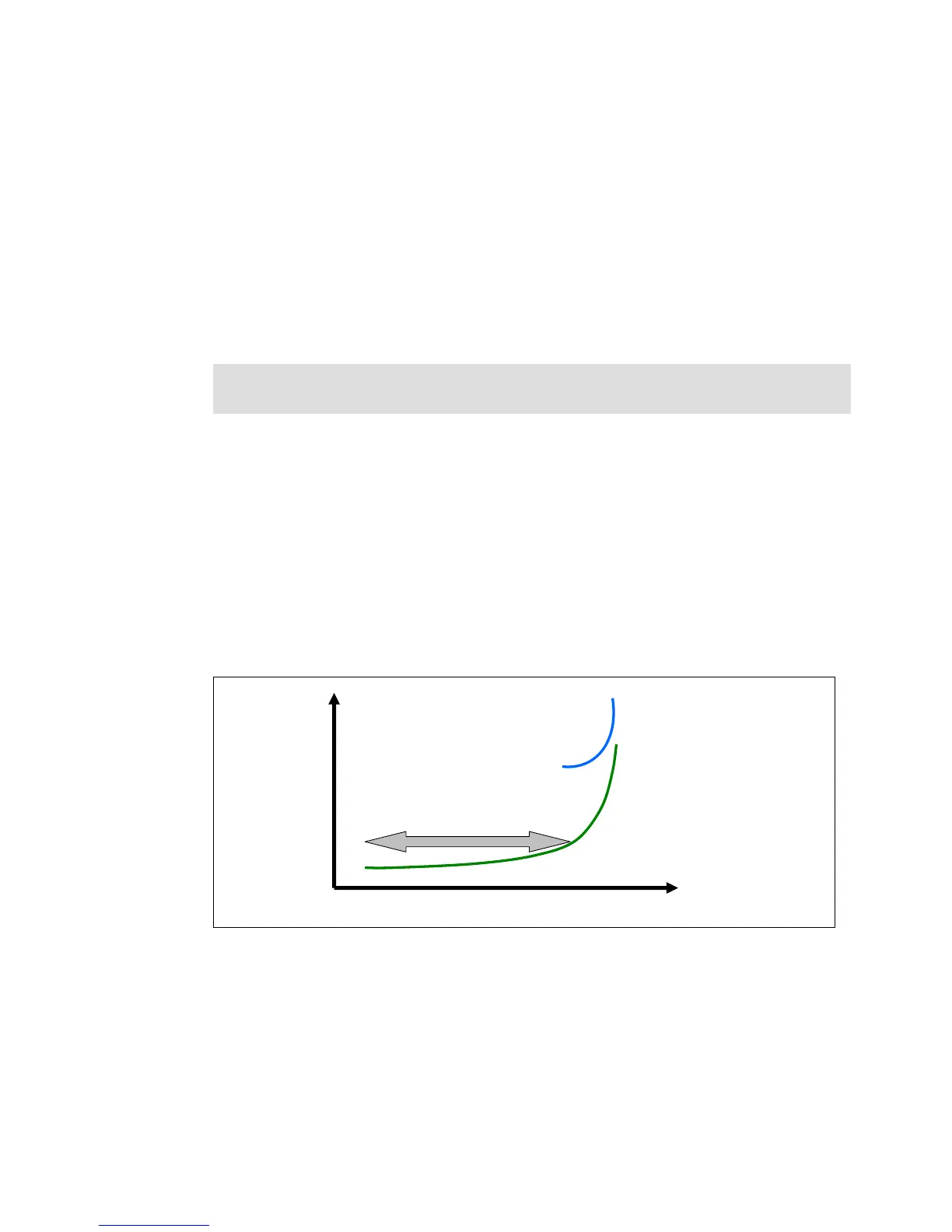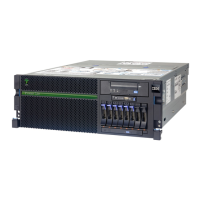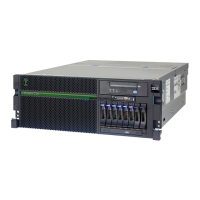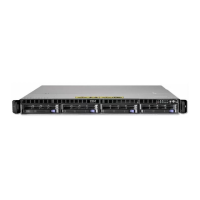128 IBM Power 770 and 780 (9117-MMD, 9179-MHD) Technical Overview and Introduction
the memory content is, and it also depends on having adequate spare CPU capacity available
for this compression/decompression.
On the POWER7+ processors, it imbeds Active Memory Expansion onto the processor chip
to provide dramatic improvement in performance and greater processor efficiency. To take
advantage of the hardware compression offload, AIX 6.1 Technology Level 8 is required. The
same feature in Linux is still not supported.
Tests in IBM laboratories, using sample work loads, showed excellent results for many
workloads in terms of memory expansion per additional CPU utilized. Other test workloads
had more modest results. The ideal scenario is when the there are a lot of cold pages, that is,
infrequently referenced pages. However, if a lot of memory pages are referenced frequently,
the Active Memory Expansion might not be a good choice.
Clients have much control over Active Memory Expansion usage. Each individual AIX
partition can turn on or turn off Active Memory Expansion. Control parameters set the amount
of expansion you want in each partition to help control the amount of CPU that is used by the
Active Memory Expansion function. An initial program load (IPL) is required for the specific
partition that is turning memory expansion on or off. After turned on, monitoring capabilities
are available in standard AIX performance tools, such as lparstat, vmstat, topas, and svmon.
For specific POWER7+ hardware compression, the tool amepat is used to configure the
offload details.
Figure 3-3 represents the percentage of CPU that is used to compress memory for two
partitions with separate profiles. Curve q corresponds to a partition that has spare processing
power capacity. Curve 2 corresponds to a partition constrained in processing power.
Figure 3-3 CPU usage versus memory expansion effectiveness
Both cases show that there is a “knee-of-curve” relationship for CPU resource required for
memory expansion:
Busy processor cores do not have resources to spare for expansion.
The more memory expansion is done, the more CPU resource is required.
The knee varies depending on how compressible the memory contents are. This example
demonstrates the need for a case-by-case study of whether memory expansion can provide a
positive return on investment.
TIP: If the workload is Java based, the garbage collector must be tuned, so that it does not
access the memory pages so often, turning cold pages hot.
% CPU
utilization
for
expansion
Amount of memory expansion
1 = Plenty of spare
CPU resource
available
2 = Constrained
CPU resource
already running at
significant utilization
1
2
Very cost effective

